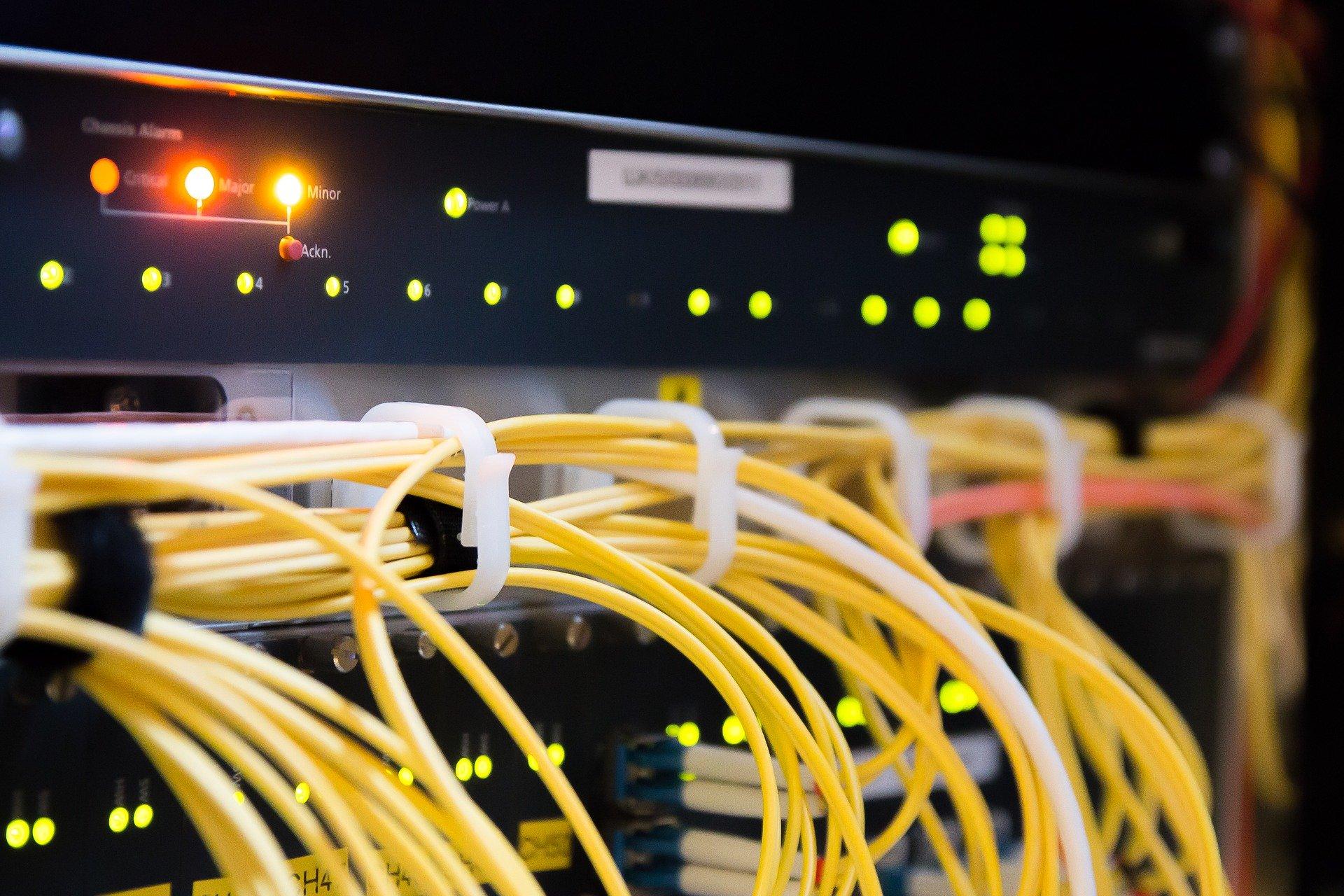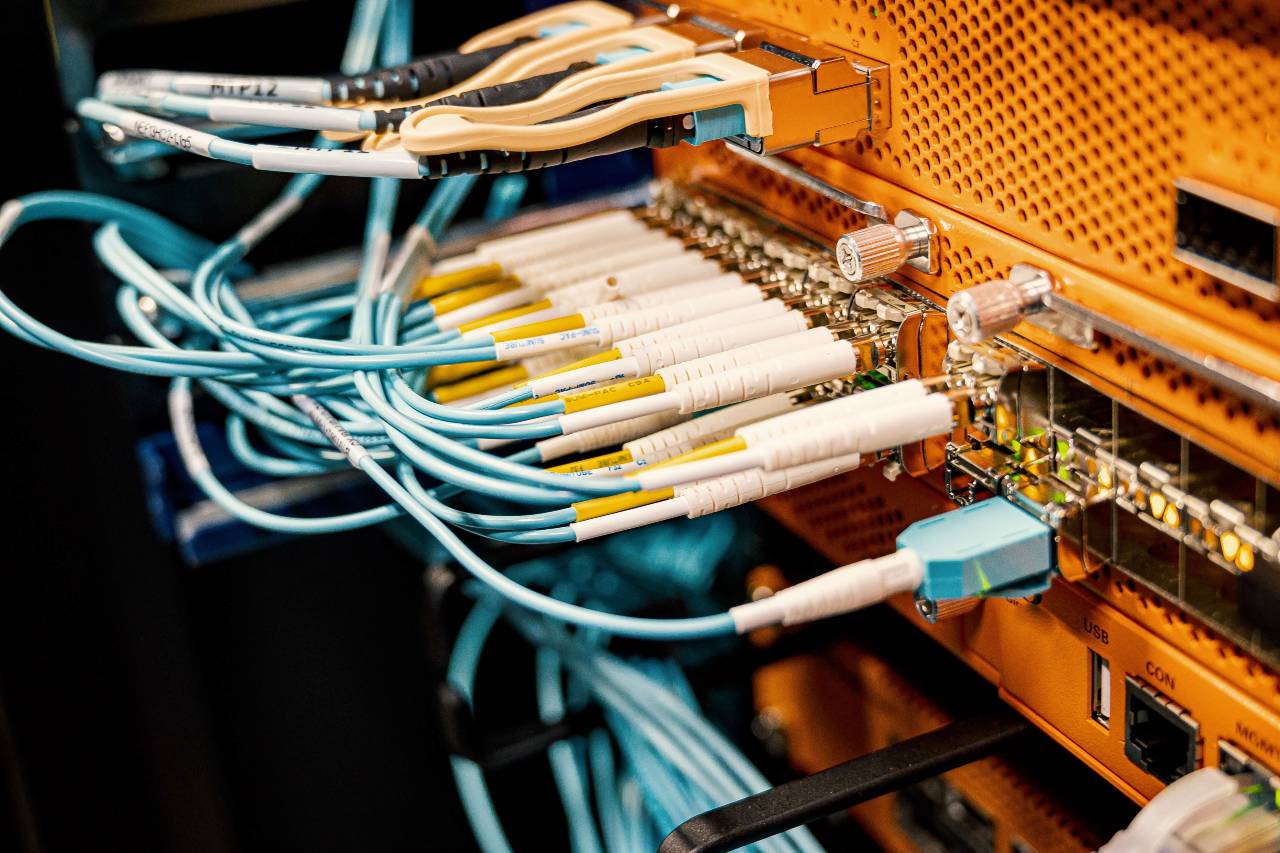Introduction:
Boosting Small Business Network Performance: A well-functioning network is absolutely necessary for the efficient running of small enterprises in the current business environment, which is driven mostly by advances in technology. A network that is sluggish or unreliable can result in lower productivity, frustrated employees, and the possibility of disruptions to essential company activities. Let’s discuss more about Boosting Small Business Network Performance.

Small businesses need to implement tactics that solve frequent performance bottlenecks and boost overall efficiency if they want to guarantee that their network will function at its optimum level. In this article, we will discuss efficient methods that can be used to improve the performance of the network at your small business and increase productivity.
Assess Your Network Infrastructure:
Your first order of business should be to conduct an infrastructure review of your network in order to locate any existing bottlenecks and potential improvement areas. Conduct an analysis of aspects such as the topology of the network, the cabling, the routers, the switches, and the wireless access points. You will be better able to grasp the current state of your network and direct subsequent attempts to optimize it if you do a thorough assessment.
Optimize Network Bandwidth:
Utilization of available bandwidth is a crucial factor in determining overall network performance. Keep an eye on the traffic on your network to locate any programs or devices that require a lot of bandwidth and could be dragging down overall performance. It is recommended that Quality of Service (QoS) mechanisms be implemented in order to priorities mission-critical applications and distribute bandwidth accordingly.

Additionally, investigate potential solutions for bandwidth management that may assist in improving the flow of traffic and ensuring effective utilization.
Upgrade Network Hardware:
The performance of a network might be adversely affected by hardware that is either obsolete or insufficient. Examine your company’s routers, switches, and access points to see if they are up to the task of meeting the needs of your company as it stands right now. Investing in more up-to-date, high-performance hardware has the potential to improve network speed, cut down on latency, and accommodate your company’s expanding requirements.
Implement Network Security Measures:
Maintaining performance while protecting sensitive data requires network security to be of the utmost importance. Firewalls, intrusion detection systems, and secure access restrictions are some examples of the robust security measures that should be implemented to protect your network from external attacks.

Maintaining regular updates of your security software and firmware will provide you with the most up-to-date protection against new threats.
Optimize Wireless Network Performance:
For businesses relying heavily on wireless connectivity, optimizing Wi-Fi performance is essential. Conduct a site survey to identify potential sources of interference and optimize the placement of access points. Utilize advanced wireless technologies, such as dual-band routers and beamforming, to improve signal strength, coverage, and reliability. Implement strong wireless security protocols to protect your network from unauthorized access. Let’s discuss more about Boosting Small Business Network Performance.
Regularly Update Network Firmware and Software:
For optimal functionality and safety, it is essential to regularly update the software and firmware of a network. Check for new updates from your network equipment manufacturers on a regular basis and implement them as soon as possible. Bug fixes, performance enhancements, and additional features that can help improve network functionality are frequently included in updated firmware.

Implement Network Traffic Monitoring and Analysis:
Monitoring tools for a network can offer extremely helpful insights into the performance of the network and assist in the localization of potential bottlenecks. Monitor the traffic patterns of the network, as well as the utilization of the bandwidth and the performance of the devices, in order to identify any anomalies and proactively fix any problems. Conduct in-depth analysis of the gathered data to determine which network configurations can be improved and how best to proceed with network upgrades or optimizations. Let’s discuss few more about Boosting Small Business Network Performance.
Optimize Network Configuration and Settings:
The performance of a network can be significantly improved by doing fine-tuning on its setups and settings. Make sure that all of the devices on your network are correctly configured, including the allocation of IP addresses, DNS settings, and DHCP lease times. Improving the effectiveness of data transmission can be accomplished by fine-tuning network protocols, such as TCP/IP settings. Let’s discuss some more about Boosting Small Business Network Performance.
Also read: What should I look for in a small business IT support contract?
Utilise virtual local area networks (VLANs) to segregate network traffic in order to increase network performance and security.
Consider Network Virtualization:
The implementation of network virtualization can result in a number of benefits, including enhanced scalability, more flexibility, and simplified management. To get the most out of your network, think about optimizing its performance through the use of virtualization technologies like virtual local area networks (VLANs) and virtual private networks (VPNs). Virtualization makes it possible to more effectively distribute network resources, segment networks in an efficient manner, and streamline administrative tasks.

Regular Network Maintenance and Monitoring:
Monitoring and upkeep of the network need to be performed continuously in order to preserve its performance. Audit your network on a regular basis, check its physical connections, and repair any cables or equipment that are broken if necessary. Monitor the network’s performance measures, such as latency, packet loss, and throughput, in order to identify and prevent potentially problematic situations before they arise. Let’s discuss some more about Boosting Small Business Network Performance.
To guarantee that the performance of the network remains at its peak throughout time, it is important to schedule routine maintenance tasks, such as the installation of security patches, firmware updates, and hardware audits.
Provide Employee Network Training:
Ensure that your employees are aware of the best practises for networks as well as the potential dangers that could affect performance. They need to be instructed on how to make the most efficient use of the resources provided by the network, such as avoiding bandwidth-intensive activities during peak business hours. Encourage employees to swiftly report any problems they are experiencing with the network to the IT support team, and establish rules for the appropriate use of the network.
Read More: How can I ensure the security of my small business data?
Leverage Cloud-Based Services:
Taking some of your network’s services and moving them to the cloud is one way to reduce the strain on your on-premises network infrastructure. Cloud-based solutions, such as email hosting, cloud storage, or applications delivered as a service (SaaS), have the potential to cut down on the amount of traffic that is generated on an organization’s internal network and boost overall network performance. Determine which of your services can be moved to the cloud in order to improve both the distribution of your resources and the operation of your network. Let’s discuss few more about Boosting Small Business Network Performance.

Employ Network Load Balancing:
Consider putting in place network load balancing strategies for your small business if you have a lot of users sending and receiving data over the network. Load balancing is the process of distributing network traffic over different servers or network pathways in order to eliminate bottlenecks and ensure effective utilization of available resources. This strategy improves the performance of the network as well as its scalability and dependability.
Regularly Review and Optimize Network Policies:
Conduct regular reviews of the regulations governing your network to ensure that they meet the requirements of your company. Conduct an analysis of the network’s access controls, firewall rules, and segmentation strategies. Updating and optimizing network policies on a regular basis can assist in the prevention of unauthorized access, the reduction of security concerns, and the improvement of network performance. Let’s find more about Boosting Small Business Network Performance.
Seek Professional IT Support:
If the management of your network infrastructure has become too burdensome, you might want to think about forming a partnership with a specialized IT support company. Expertise, preventative network maintenance, and monitoring are some of the benefits that can be provided by managed information technology services. When you outsource the operation of your network, you are able to concentrate on running your core business while also gaining access to specialized IT knowledge.
Conclusion:
In the competitive digital environment of today, it is essential for small businesses to achieve the highest possible level of network performance. You may greatly improve your network’s performance by analyzing its underlying infrastructure, maximizing the use of available bandwidth, modernizing its hardware, putting in place stringent security precautions, and making effective use of monitoring and analytic tools.
Additional factors that contribute to a network’s high level of performance include completing routine maintenance and personnel training, as well as utilizing cloud-based services.

It is important to keep in mind that maintaining network performance is an ongoing process that calls for constant monitoring, updates, and modifications. Your small business will be able to take advantage of a network infrastructure that is reliable, secure, and efficient if you put these tactics into action.
This will help drive productivity and promote growth. Investing in the performance of your network will equip your company with the tools it needs to succeed in today’s interconnected environment. Powered By : Argusdna, Intergral Systems, Pixelcrafters


